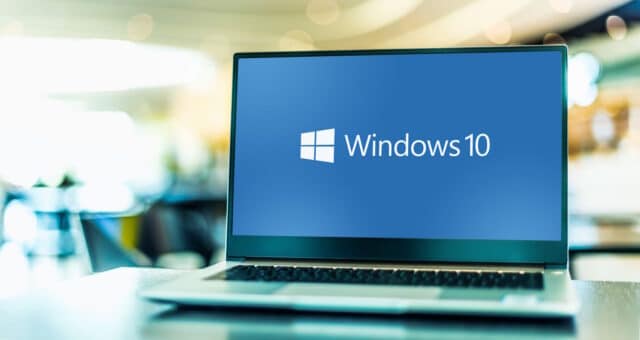Microsoft slowly rolls out a button allowing Windows 10 users to refuse Windows 11

It is a drum that has almost been beaten to death, but the impending end of support for Windows 10 is not a story that is going to go away any time soon. Even when mid-October rolls around – the cut-off date – this is far from going to be the end of news, reminders, and more.
For now, however, there is some form of respite for Windows 10 users. Microsoft is rolling out a way to halt the constant pestering to upgrade to Windows 11. There is, of course, a catch.
Having had a change of heart about its approach to extended update availability, Microsoft recently made it possible for anyone to pay to receive security updates – not just large businesses and organizations. This does not mean the same type, frequency or number of updates as there has been so far, but extended security updates are supposed to offer security and peace of mind to anyone who – for whatever reason – is not able to upgrade to Windows 11 straight away.
But while a lot of Windows 10 users, possibly the majority of them, will now be only too aware that support is about to come to an end, far fewer are aware of the existence of the Extended Support Update (ESU) program or how to take advantage of it.
But this is changing.
Windows 10 ESU
With less than two months until standard support for Windows 10 comes to an end, Microsoft has started the process of rolling out a button that lets users know about the Extended Support Update program, and provides an easy way to enrol in it.
The rollout of a button – which appears within the Windows Update section of Settings in Windows 10 – is now under way, with Microsoft promising that everyone will see it before the Windows 10 end-of-life date of October 14, 2025.
Some people will already see the button beneath the Check for Updates button after installing the Windows 10 August 2025 updates. But if you do not yet see the button there is no need to panic.
Microsoft has confirmed to Windows Latest that the button is rolling out slowly, and that everyone should see it before October 14 this year. Even if you do not see it until after this date, you will be able to sign up for extended security updates for a full year after Windows 10 reaches end of life.
While the ESU program offers something of a security lifeline for those who want or need to stick with Windows 10, it does not come free of charge – for most people, at least. Access for standard users costs $30 for a year. Paying for updates means that you can stick – as many people prefer to – with using a local Windows account rather than a Microsoft account.
But it is not the only route to extended security updates, as Windows Latest points out:
In case you’ve a Microsoft account, you can sync Windows settings to OneDrive, and ESU will get activated. Or you can spare 1,000 Microsoft Rewards points.
In this way, it could be argued that Microsoft is using the ESU program, and the death of Windows 10 more generally, as a means of promoting its OneDrive cloud storage service. And with Microsoft points being earned through making purchases, it could also be seen as a way of encouraging users to accrue more points by spending more money than they might otherwise have done.
So… over to you. Have you seen the button to enrol your computer in the ESU program yet? Are extended security updates something you will be taking advantage of or not?
Image credit: Monticelllo / Dreamstime.com
